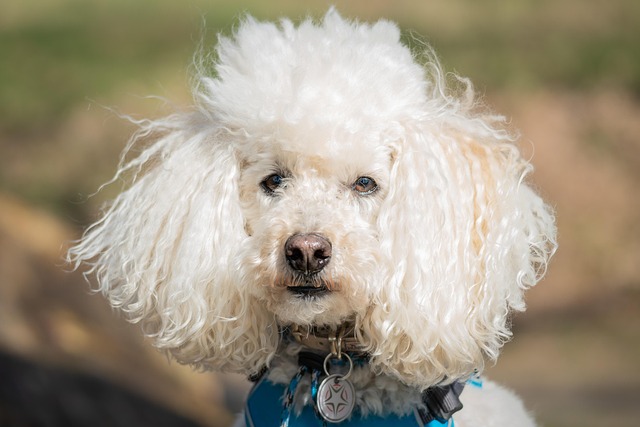
What is glaucoma in a dog?
You might notice your dog squinting more at mealtime or avoiding bright sunlight—these small changes could be early signs of a serious eye condition.
Watching your dog scratch themselves raw, lick their paws until they’re red, or rub their face against the carpet nonstop can be heartbreaking. If you’re a new dog owner in the US noticing these signs, your pup might be dealing with skin allergies—and figuring out how to help them find relief is key to their comfort. Skin allergies are common, but with the right care, you can soothe their discomfort while staying responsible in your community.
Skin allergies in dogs happen when their immune system overreacts to something harmless—think of it like their body sounding a false alarm. Common triggers include pollen from grass or trees, dust mites in carpets, mold in damp basements, or even ingredients in their food (like chicken or wheat). Their immune system sees these triggers as threats, releasing chemicals that cause itching, redness, and inflammation. My friend’s Border Collie gets allergies every spring from oak pollen—his paws swell, and he chews them until they bleed, but with treatment, he’s much calmer now. Understanding the trigger helps you target the solution.
Practical steps start with a vet visit to identify the cause—they might do blood tests or skin scrapings to pinpoint triggers. For environmental allergies (pollen, dust), try oatmeal baths once a week—soak their paws and coat in lukewarm water with colloidal oatmeal to soothe itchiness; my neighbor swears by this for her allergy-prone Pug. Use hypoallergenic shampoos free of fragrances or dyes, which irritate sensitive skin. If it’s grass allergies, wipe their paws with a damp cloth after walks to remove pollen, and avoid letting them roll in tall grass. For food allergies, your vet might recommend a limited-ingredient diet (no common allergens) to see if symptoms improve—my cousin’s Beagle stopped itching after switching to salmon and sweet potato kibble.

Legally, even an allergic dog needs proper care. Ensure their rabies vaccine is up-to-date (required in all US states) to stay compliant—fines apply for lapsed shots, and allergies aren’t an exemption. When walking, always clean up their poop (fines in cities like Boston reach $150) to keep public spaces clean, even if your dog is uncomfortable. Culturally, kindness means no scolding—never yell at a dog for scratching; it’s a sign of pain, not misbehavior. Instead, redirect them with a chew toy and praise calm moments. In apartments, reduce dust mites by vacuuming weekly and using air purifiers, which helps dogs with indoor allergies. Keep their bed clean to avoid irritants, and use scratch mats near furniture to protect your home without punishing them.
With patience and targeted care, most allergic dogs find relief. By combining vet guidance, home remedies, and responsible habits, you’ll help your pup scratch less and wag more.

You might notice your dog squinting more at mealtime or avoiding bright sunlight—these small changes could be early signs of a serious eye condition.

Let’s set the scene: It’s a sweltering Phoenix afternoon—105°F outside—and you rushed your 2-year-old Lab mix, Cooper, on a quick walk to “get it over with.”

Let’s get real: You’re in your Miami apartment, watching your 3-year-old Corgi, Loki, struggle to climb the stairs to your second-floor unit.

Many dog owners brush off occasional scratching as just “dog behavior,” but persistent itching often signals something more—like a food allergy.

You might first notice your dog scratching more than usual—chewing at their paws until the fur looks thin, or rubbing their face against the couch nonstop.

Let’s be real: You’re standing in your Chicago apartment, watching your 3-year-old Beagle, Max, huff and puff just to climb onto the couch.